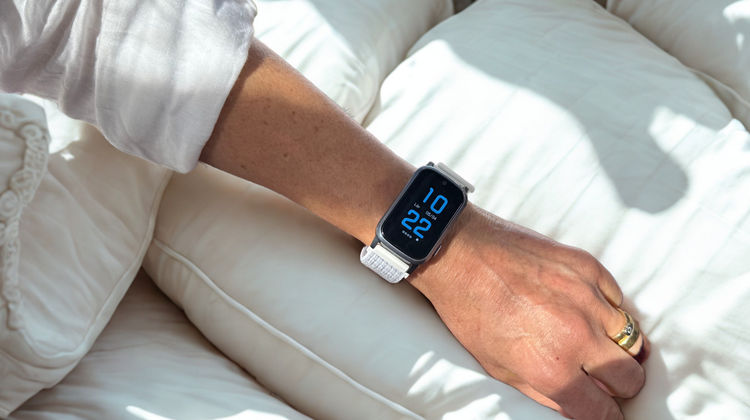Osteoarthritis is one of the most common joint diseases, affecting around 25% of adults over 45 in many countries (1). Although it’s often associated with aging, symptoms can begin earlier and progress slowly over time. Recognizing the signs early can help slow the disease’s progression and maintain your mobility and quality of life.
Below, we explore the most common symptoms of osteoarthritis, how they feel, and when you should consider seeking help.
1. Joint Pain – Especially During Activity
One of the earliest and most noticeable symptoms of osteoarthritis is pain in the joint, especially during physical activity. The pain typically eases with rest in the early stages but may persist during rest or sleep as the condition progresses.
Example: Your knees ache after walking or climbing stairs, but the pain eases when you sit down.
2. Stiffness – Especially in the Morning
Morning stiffness is a common sign of osteoarthritis. It usually lasts less than 30 minutes but can also occur after sitting still for a long time. Stiffness can make it harder to get moving, particularly after sleep or rest.
3. Cracking or Grinding Sounds
Many people with osteoarthritis report clicking, cracking, or grinding sounds when moving the joint. These noises often come from uneven cartilage or bone-on-bone contact. While not always painful, they can feel unsettling.
4. Swelling or Warmth
Inflammation may cause the joint to feel swollen, warm, or tender to the touch. This is more common after activity or prolonged use of the joint and may be accompanied by tightness or reduced range of motion.
5. Limited Range of Motion
Osteoarthritis can reduce how far you can move the joint. You might notice that it’s harder to fully bend or straighten the affected limb, which can impact both daily activities and physical exercise.
6. Muscle Weakness
Pain often leads to reduced movement, which over time causes the surrounding muscles to weaken. This muscle loss can impair joint stability and increase the risk of falls, especially in the hips, knees, and legs (2).
7. Altered Movement Patterns
You may begin to limp or shift your weight to compensate for pain, which can lead to imbalances and secondary issues in other joints or muscles.
When Should You Seek Medical Help?
If you experience several of these symptoms regularly – especially if they interfere with your daily life – it’s time to speak with a healthcare provider. Early intervention with physiotherapy, exercise, and lifestyle adjustments can significantly improve symptoms and slow the progression of osteoarthritis.
Safety alarm with automatic fall alarm can increase safety for people with an increased risk of falling
Sensorem’s personal alarm is an example of a technical aid specially developed for people who have an increased risk of falling. The personal alarm can automatically trigger the alarm in the event of a fall and then call relatives using the watch’s built-in speakerphone with two-way communication. The personal alarm works outdoors and has built-in GPS positioning so that relatives can see the user’s position on a map in the Sensorem app.

